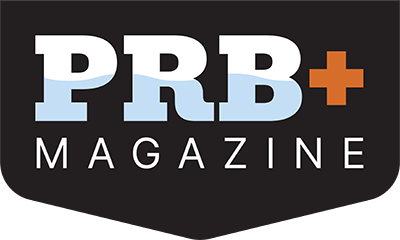The hardest worker in parks and rec…except for you
With the exception of parks and recreation staff, is there anything in the sector that works harder than the gym? After all, it might host everything from basketball to pickleball to volleyball to futsal—and a lot more.
Gyms located in community centers stay busy. They act as sites for before- and afterschool programs and community meetings, serve as polling places, and host rainy-day activities for camps and other programs—and that’s just on the surface.
With so much going on, it’s no wonder that these surfaces are the first places in a gym to show wear. What practices can staff follow to safeguard indoor surfaces and keep them in good repair?

